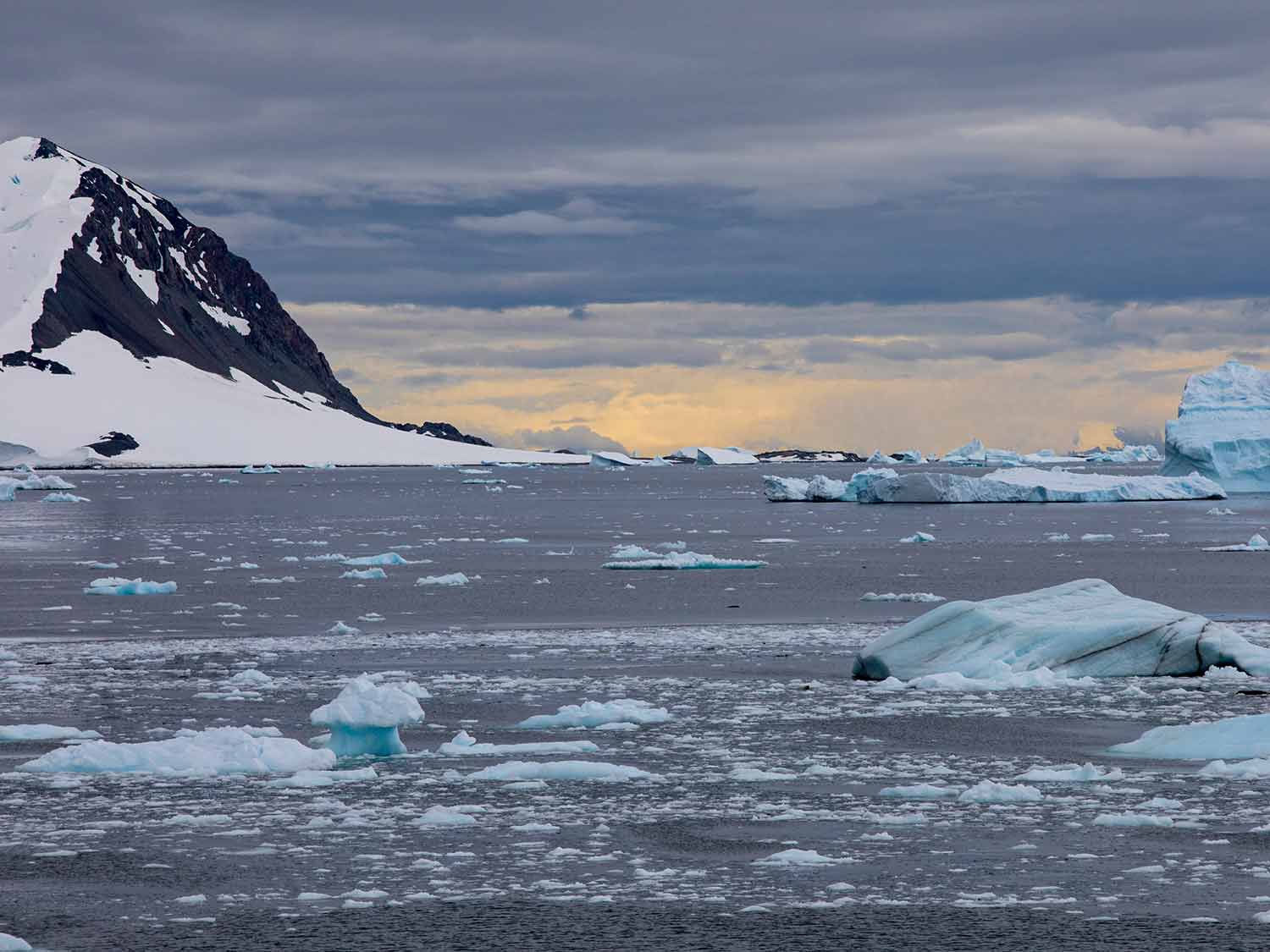Inside Abercrombie & Kent's Epic Journey To Antarctica
It is cold, remote and windy, and yet the White Continent offers one of the most beautiful and educational experiences of a lifetime.
Sitting on a stone-covered beach on Pourquoi Pas Island, I watch the penguin highway in utter fascination. The Adélies are very busy. They are climbing up and down an icy pathway that connects their nests, on the cliffs above, to the ocean below. There must be at least few thousand of them. They are aware of my presence, but don't seem to care. They haven't learned to fear humans because we don't come to Antarctica to harm them; we come instead to marvel at them.
While these aquatic birds are technically flightless, the sea is their sky. With amazing speed, agility and grace, they "fly" through the water swimming, diving and foraging for food. Like a surfer, they catch air utilizing the propulsion from a wave to help them leap ashore. Adélies, along with Chinstraps and Gentoos, are the three species we have observed in this area of the Antarctic Peninsula.
Our ship is hugging the coastline making its way north from Marguerite Bay, where our voyage began, to the South Shetland Islands.
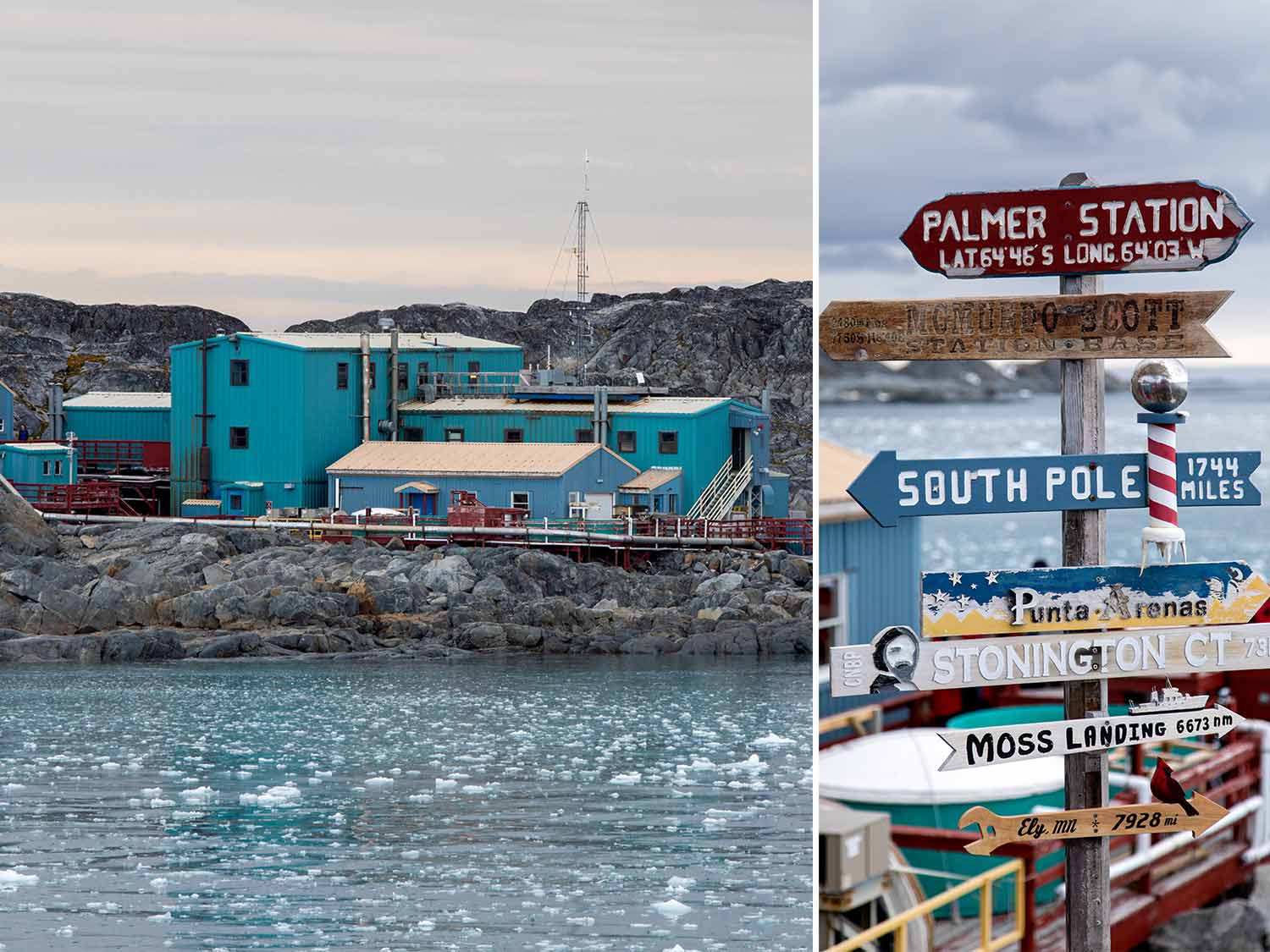
It took us three days, by ship, to get to this point after leaving the world's southernmost city, Ushuaia in Tierra del Fuego, South America. Here travelers can catch a variety of vessels heading to the Antarctic. Once we lost sight of land, the endless swaying began, as we made our way through the 600-mile cantankerous Drake Passage. This is where the Atlantic, Pacific and Indian Oceans converge before meeting the Southern Ocean.
I took some seasick tablets, which staved off nausea, but negotiating the ship's corridors took some doing. I am on a 466-foot expedition cruise ship with Abercrombie & Kent (A&K), an award-winning luxury travel company. We are a merry band of 181 passengers, each one thrilled to be taking this journey.
"I always wanted to visit. The first time I came to Antarctica was in 2008 where I met my husband. We are here celebrating our 10th wedding anniversary," says passenger Teddie Chapman from Florida. "It's still the most beautiful place on earth, and I have been to over 110 countries. The landscape changes every day from the huge ice floes to the color of the sky and water. Here is no imprint of man and there are species that have never come in contact with him. It's a destination like no other."
Like all visitors to the White Continent, we are bound by the guidelines set up by the Antarctic Treaty, its Protocol on Environmental Protection, and the International Association of Antarctica Tour Operators, which protects all historic sites, monuments, wildlife, scientific projects and the environment at large. We attend mandatory briefings to ensure we comport ourselves properly during shore landings and zodiac tours. We wash our boots, pants and gear each time to prevent introducing non-native species or the spread of disease to this pristine world. We take care where we walk and how close we get to wildlife. We don't pollute, eat or smoke on shore or remove anything.
Yet, even with all these precautions, it's not enough to save the Adélies, who may become extinct before long. They are losing their habitat as the ice floes melt from rising temperatures due to global warming.
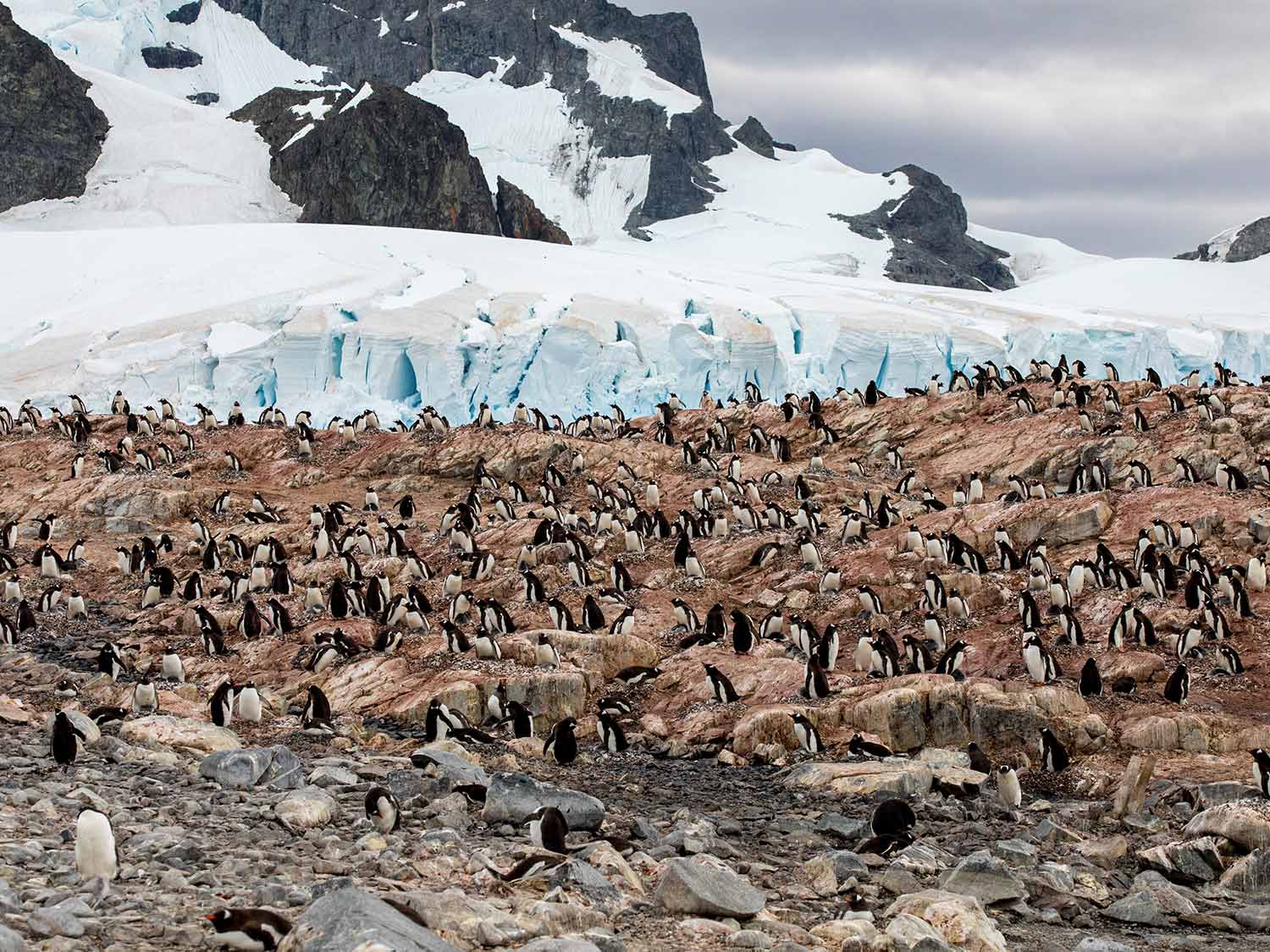
We are required to stay at least 15 feet away from the penguins, and I absolutely do. Antarctica is the last untouched wilderness on the planet, and I feel a keen responsibility to do my small part to help keep it that way. After all, this is their world we are passing through. The welfare of Antarctica's animals and environment comes first. This ideology is refreshing compared to other parts of the globe where these values do not exist or are not taken seriously.
Equally inspiring are the founding principles of the Treaty and its Protocol, which has "designated Antarctica as a natural reserve, devoted to peace and science". While every other country on this planet is ruled by a government, Antarctica is not. It is not owned by any nation, but overseen by 42 countries that are part of the Antarctic Treaty System, of which 29 have voting rights. These nations have learned how to put aside their political, economic and religious differences to work together in harmony for the greater good. Antarctica has much to teach us about what can be achieved through peaceful cooperation.
To think that people have only been coming here for a scant 200 years, since its discovery in 1820, is as mind blowing as the exquisite scenery. It is the coldest, remotest and windiest place on the planet, so it has never been able to sustain an indigenous or permanent population. Even the scientific community of about 4,000 people in summer shrinks to 1,000 or so in winter.
We listen to daily enrichment lectures on a variety of topics in the onboard theater, where a recap the day's excursions is also held, often accompanied by a cocktail of our choosing. These lectures are not obligatory, but always packed because they are fascinating. We learn about the history and geology of the Antarctic, its sea birds and marine mammals, about the effects of climate change, and what's it's like to winter over at a research base from experts and scientists who have actually survived it.
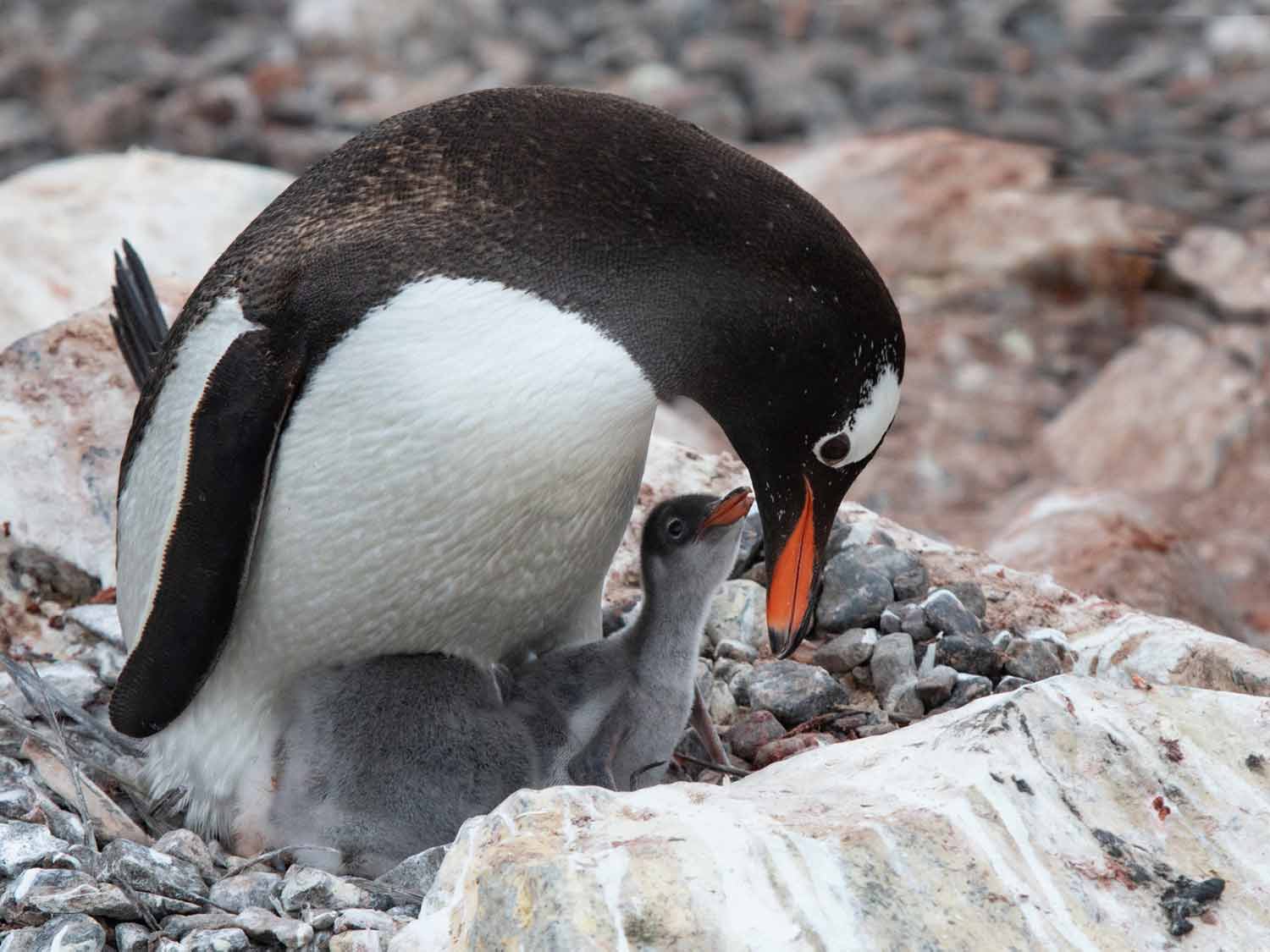
"I am blown away by the breadth of knowledge of the A&K team and the guest lecturers they have brought onboard," says passenger Ashley Barrington-Mace from California, who has taken 70 cruises. "This voyage has inspired myself and my husband to chart a new course for our vacation spending. We are going to shift gears and concentrate more on expedition cruising with in-depth learning."
Several lectures we heard were by Dr. James McClintock. He has been studying the effects of climate change and marine chemical ecology for over 20 years at Palmer Station, a U.S. research base we visited on Anvers Island.
Dr. McClintock (University of Alabama at Birmingham) and program co-directors Dr. Charles Amsler (University of Alabama at Birmingham) and Dr. Bill Baker (University of South Florida), investigate chemical compounds they have isolated from the Antarctic sea floor, like seaweeds and invertebrates that can potentially be developed into drugs to fight human disease. For example, they recently discovered an anti-cancer compound in marine invertebrates. With global warming comes a sense of urgency and a fear these valuable species will vanish before they can be adequately studied.
"The riddles of the ecology of marine life in Antarctica are only starting to be solved. Ironically, my fascination with Antarctica is made more intense knowing that climate change is increasingly challenging its abundant marine life. I feel deeply compelled to tell the story of this amazing continent to elevate awareness that might save it in the end" says Dr. McClintock, an author, endowed university professor and a U.S. Antarctic Service medal recipient, among many other distinctions.
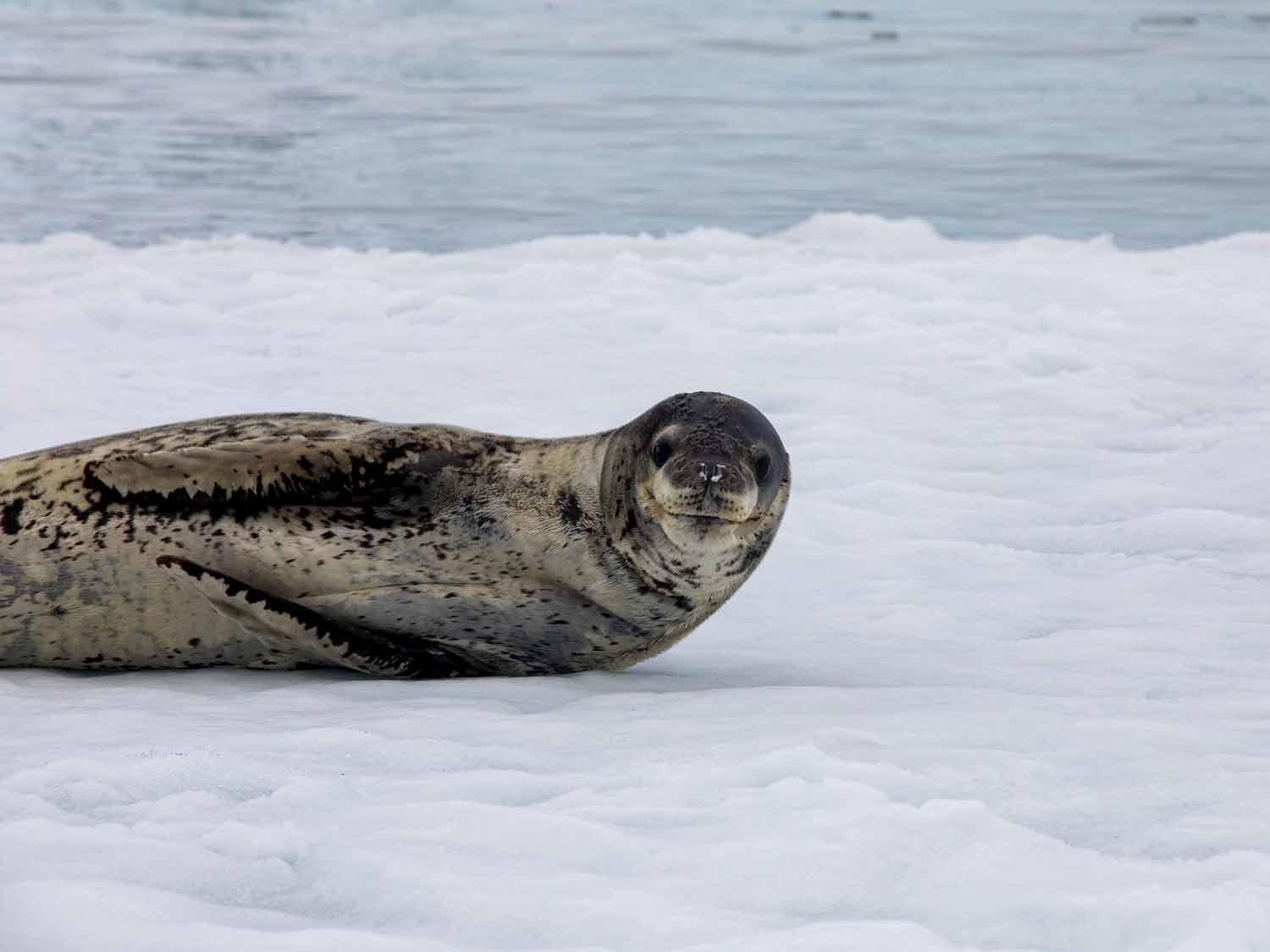
Before our visit to Palmer, Dr. Megan Cinino, an ornithologist at the station came onboard to talk about her research work with penguins and giant petrels. A&K Philanthropy presented her with satellite tracking tags so she could monitor the bird's activities. Over the years, A&K has provided high tech equipment, HD cameras and webcams that scientists worldwide can use to observe penguin rookeries. Passengers are welcome to make donations, if they so desire.
"We have traveled with A&K in the past and they always do some sort of philanthropic work so that is one reason why we like to travel with them," says passenger Ann Mackay from Connecticut. "I am grateful to be here. I feel really privileged to see this incredible continent, to listen to these lectures and to see the science going on. It makes you realize how important global warming is and how everybody can do something to help."
I am eating dinner with my newfound friends in one of the two dining rooms, enjoying delicious French cuisine and assorted wines. We are surrounded by large picture windows on 3 sides. We watch in amazement as the ship passes one iceberg after another. It's so surreal. One of my companions notes that every iceberg is even more spectacular than the next with its vibrant colors and geometric designs. By the time dessert arrives we have also passed several ice floes with Leopard and Crabeater seals on them. It's just the craziest thing.
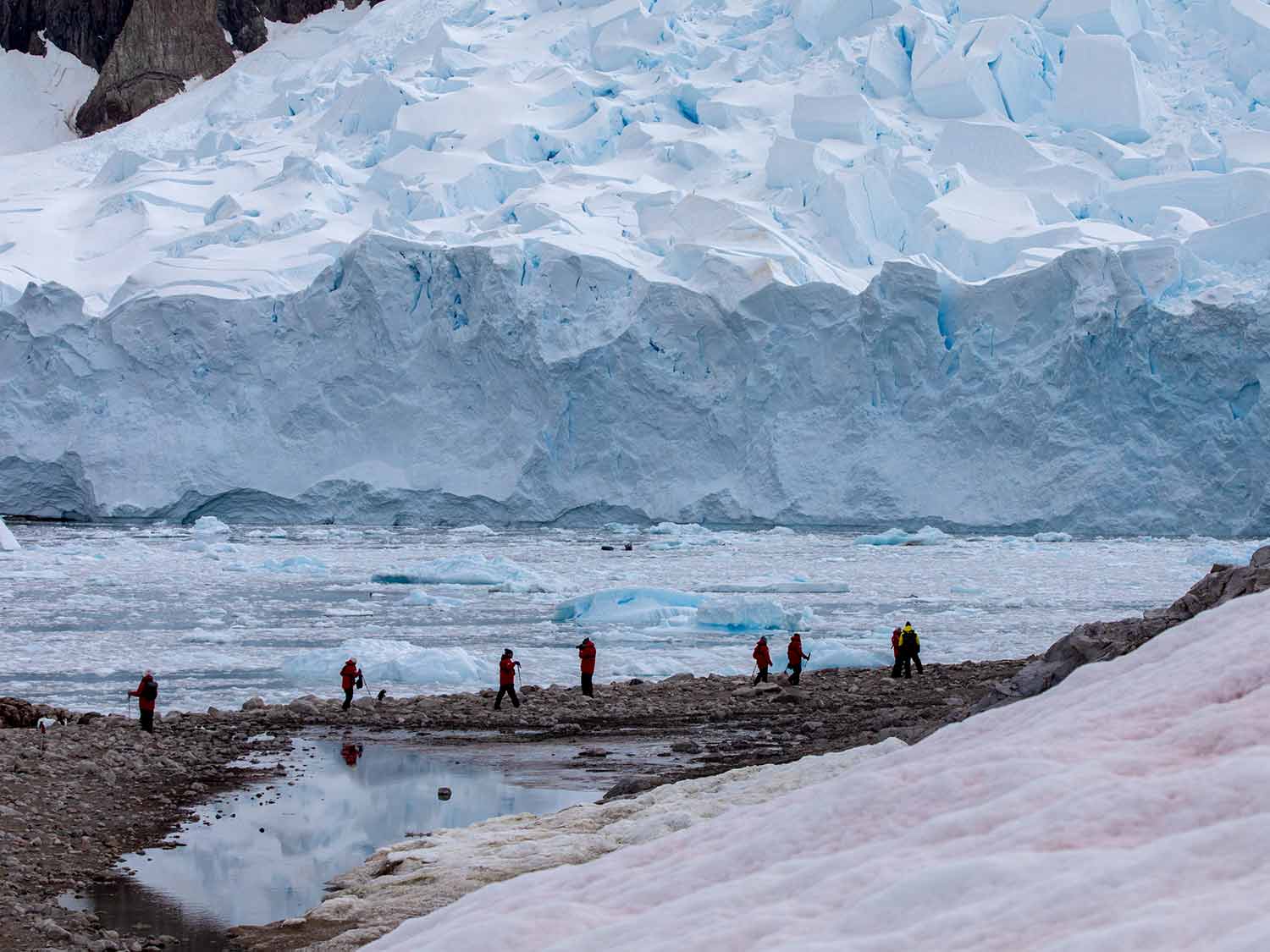
We have been out here for days and have not seen any other ships or people. It's quite remarkable with the world's population being what it is to travel to a place where this can occur. I embrace the isolation and the silence. There is no noise here. I am losing all sense of time. There is nothing to think about except what is before me. I start to forget my earthly woes.
The captain's voice comes over the loud speaker informing us there are Humpback whales off the ship's port side. We all rush out on deck with our cameras donning our A&K expedition jackets, which are ours to keep after the voyage. There are 16 whales, including mothers and calves, spraying, sounding and breaching! They are so close that sometimes we catch the spray from their blowholes. Any photos we take identifying the flukes or fins can be uploaded to a website called happywhale.com. The photos are shared with scientists tracking these gentle giants, letting you know where in the world your whale has been sited. How cool is that?
This day has been action packed. In the morning we went ashore by zodiac at the ghastly hour of 7 a.m. to visit Stonington Island in the eastern part of Marguerite Bay. We explored the abandoned huts, which still had tins of food, pots and pans, mattresses, tools and shoes. These wooden structures were once home to the U.S. Antarctic Service Expedition from 1939-1941, the British Antarctic Survey (BAS) Station E from 1946-1950 and again from 1960-1975, and the Ronne Antarctic Research Expedition from 1947-1948. Finn Ronne, a polar explorer and U.S. Navy captain, came to the base with his wife, Edith. She became the first woman to set foot on the continent. In the early years, the work was concentrated on mapping Antarctica by dog sledge. Later, the research encompassed geology, glaciology and metrology.
When the Ronne expedition arrived, the Brits were not happy to share the island with the Americans. According to one account, Finn forbade his crew from fraternizing with them, but they would sneak over to the British side anyway.
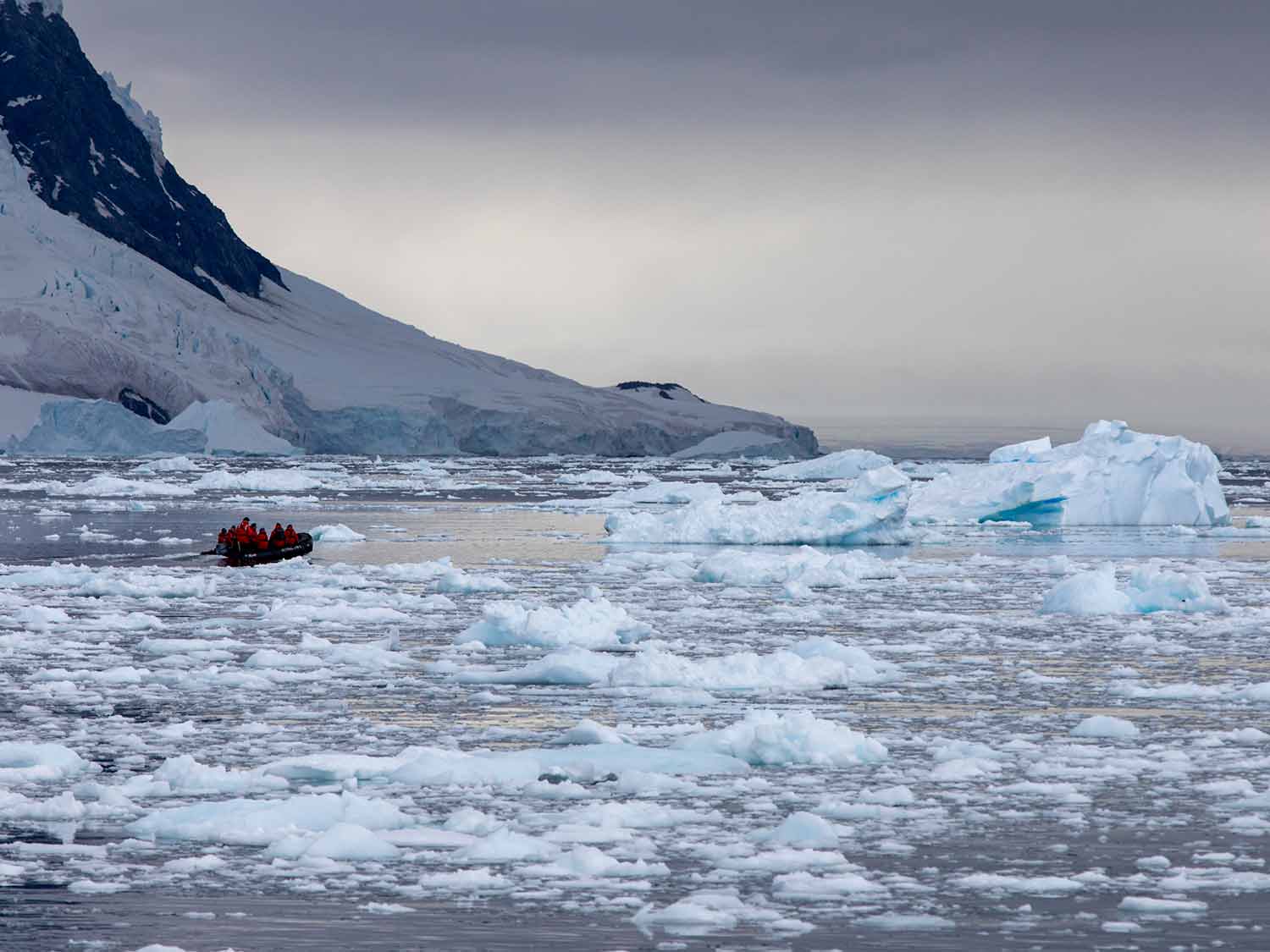
"They would take a circuitous route to the British base because they knew there would be afternoon tea with cakes in a very civilized atmosphere. There was also a fairly good bar. Everyone had their beer mugs and their beer and spirit rations. It was a canteen atmosphere with nice curtains on the windows, and the Americans could pretend they were living a civilized life," says A&K historian Bob Burton, a former member of the BAS, author of 30 books and a Polar Medal recipient for his research in the Arctic and Antarctic. "Eventually, the barriers were broken down and it became clear to the two nations it was best to cooperate and combine their operations."
We are making our way through the very breathtaking Lemaire Channel. Even though it's 10:30 p.m. and it should be dark outside, it's not. It's summer, and that means 24 hours of light. On both sides of the ship are mountains. We move gingerly through sea ice, passing glaciers and icebergs, which I never tire of looking at. They are all so unique. Antarctica is such a strange and magical land. It's unlike anything I have ever seen. I struggle to comprehend the profoundness of this place. Words escape me and seem too trite. It's more of a feeling and I know Antarctica will lure me back. Our ship goes in as far as the sea ice allows before we are forced to reverse direction and head north towards home.
"A lot of people come because they have been everywhere else. It doesn't matter why they came, but it's how they are changed while they are here," says Suzana Machado D'Oliveira, A&K's Expedition Director who has made more than 300 trips to the Antarctic. "They might not even know it by the time they leave the ship, but Antarctica does change people."
